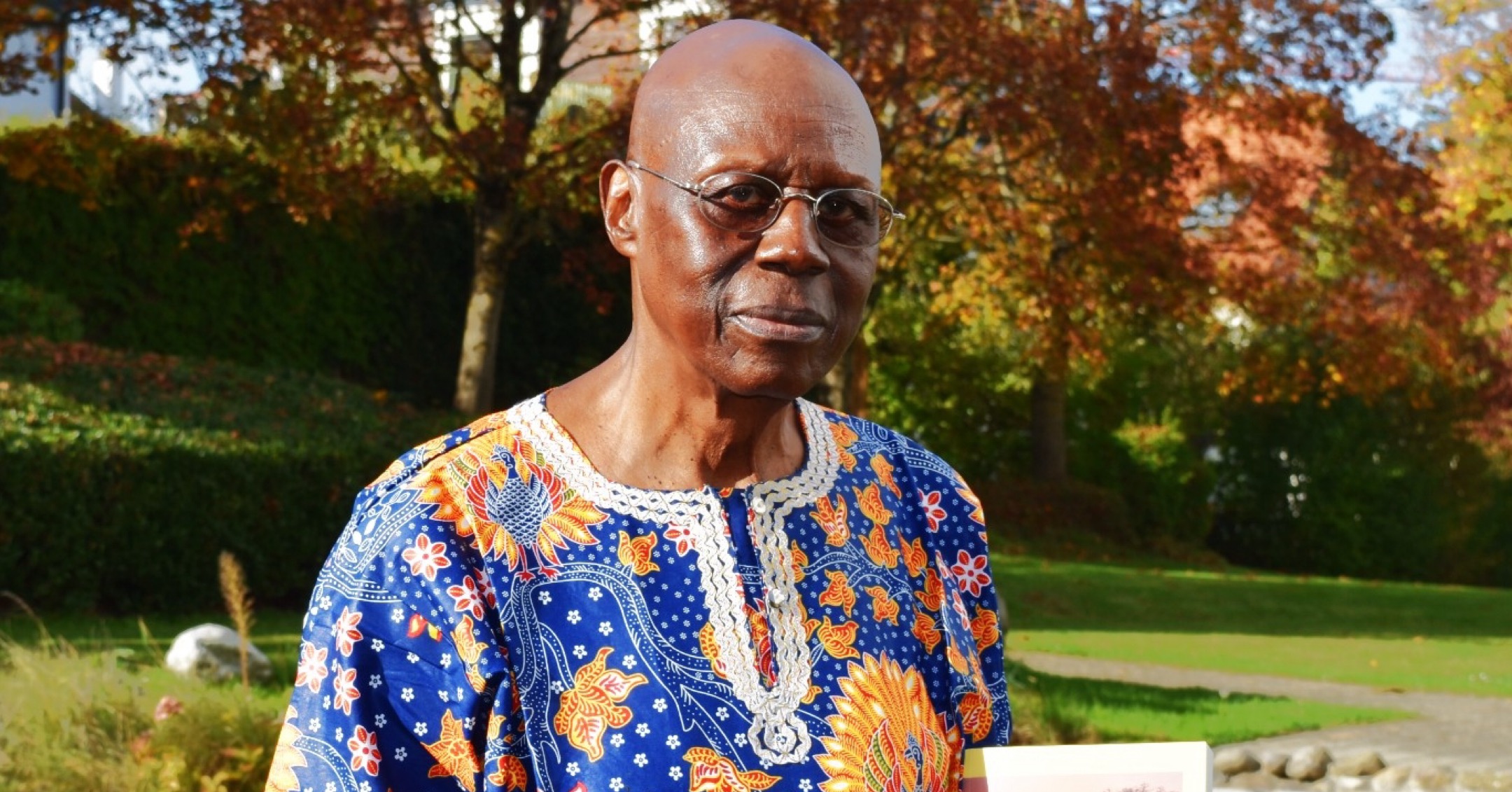I came across the writings of the late Bénézet Bujo a few months ago, a Congolese Catholic theologian who spent much of his life asking what Jesus means for Africa. Not for Rome, not for Canterbury, but for us, the churches that sing, lament, and pray on African soil.
Bujo suggested something rather bold, that Jesus is the “Proto-Ancestor”, the first and ultimate source of life. Not just the Saviour who died on a cross two thousand years ago, but the Living One who binds together the living, the dead, and the unborn.
Now, if you grew up Anglican as I did, shaped by creeds, candles, and Cranmer, that might sound unusual, even unsettling. “Ancestor” language doesn’t appear in the Nicene Creed. However, when you sit with Bujo’s idea for a moment, it makes a sort of sense. He was trying to speak Christ in the language of African family life, where belonging is never individual, and memory is never short.
For Bujo, to know Christ is to know the Source from whom all blessings flow, the One who stands at the root of every lineage, who gives life to the whole human family. It’s an image that feels warm, relational, and deeply communal. And for many African Christians, that matters.
Why it speaks
Bujo’s image has struck a chord across the continent because it affirms something we already know: that faith is not a private possession. The African sense of personhood , “I am because we are”, has always understood life as shared. To see Jesus as the Proto-Ancestor, the giver and sustainer of life, feels deeply intuitive.
It’s also profoundly pastoral. For people who live in close relationship with their ancestors, whose family stories and names are carried in prayer, Bujo’s Christ does not erase those ties. He redeems them. He gathers the whole communion of saints, the living and the departed, into one body.
So yes, there’s a beauty to it. A pastoral genius, even. Christ meets people in their cultural home and transforms it from within.
Why it worries
But, and there is a “but”, Bujo’s Christology also walks a theological tightrope.
If we speak too loosely of Jesus as ancestor, we risk blurring the line between Creator and creature. The Jesus of Scripture is not one ancestor among others; He is the eternal Son of God, through whom all things were made. When that truth is softened, even by good intentions, the Gospel begins to lose its edge.
There’s also the pastoral danger of syncretism, that we might baptise our old religious categories rather than letting Christ reshape them. I’ve seen this in mission and ministry. The temptation to make Jesus fit our worldview, rather than allowing Him to confront and renew it. This is happening in the Church of England at the moment.
Bujo knew the risk. He tried to be clear that Christ doesn’t merely imitate the ancestors , He fulfils their role, bringing all life under His lordship. Yet his model can easily be misunderstood. For those without deep grounding in Scripture, “Proto-Ancestor” can sound like another name for a spirit-being, powerful, benevolent, but not quite divine.
That’s where Anglican orthodoxy offers a necessary anchor. Our faith is built upon revelation, not speculation. Christ’s identity is not something we construct from culture, but something revealed through the Word, “the image of the invisible God, the firstborn over all creation” (Colossians 1:15).
Bujo reminds us that theology must have local colour. But Scripture reminds us that it must also have eternal shape.
Holding both together
So where does that leave us?
I think Bujo’s work is a gift, and a warning. It reminds the Church that Jesus is not a European. The Gospel must speak in our languages, honour our stories, and inhabit our soil. Christ can, and should, be preached in idioms that touch the African heart.
But it also reminds us that not every metaphor can bear the full weight of who Christ is. The Proto-Ancestor image points beautifully to His life-giving power and His reconciling love, but it can never replace the confession that Jesus is Lord, the eternal Word made flesh, crucified, risen, and reigning.
For me, the takeaway is not to reject Bujo’s vision but to hold it within Scripture’s boundaries. Let’s allow the image to stretch our imagination, but not our doctrine. Let it teach us how to speak of Christ as the source of all life, yet remember that He is also the Judge of all life.
The task before African theology, and for Anglicanism within it, is to keep both truths alive: that the Gospel must wear African skin, and that it must still bear the marks of the cross.
In the end, perhaps Bujo’s greatest contribution is not the metaphor itself, but the courage to ask a local question: What does Jesus mean here, in this place, among this people?
It’s a question worth asking in every pulpit, African or otherwise.


Leave a Reply